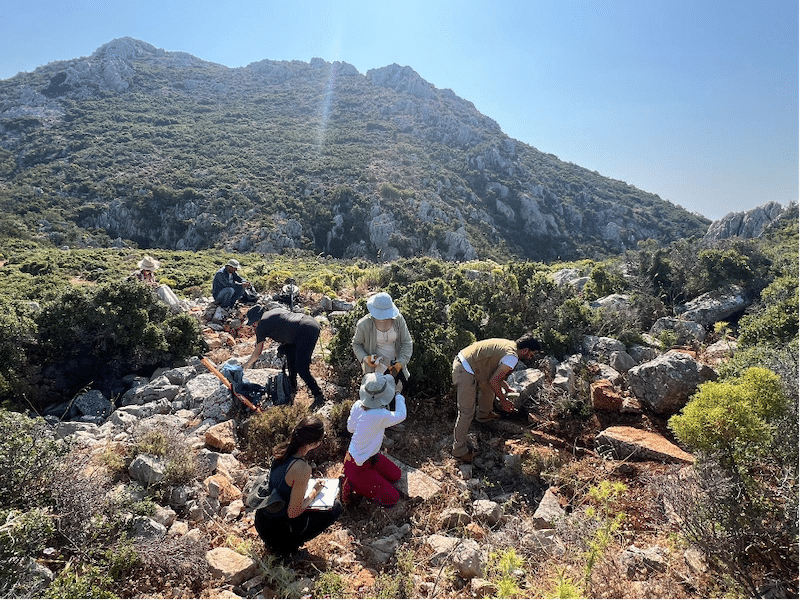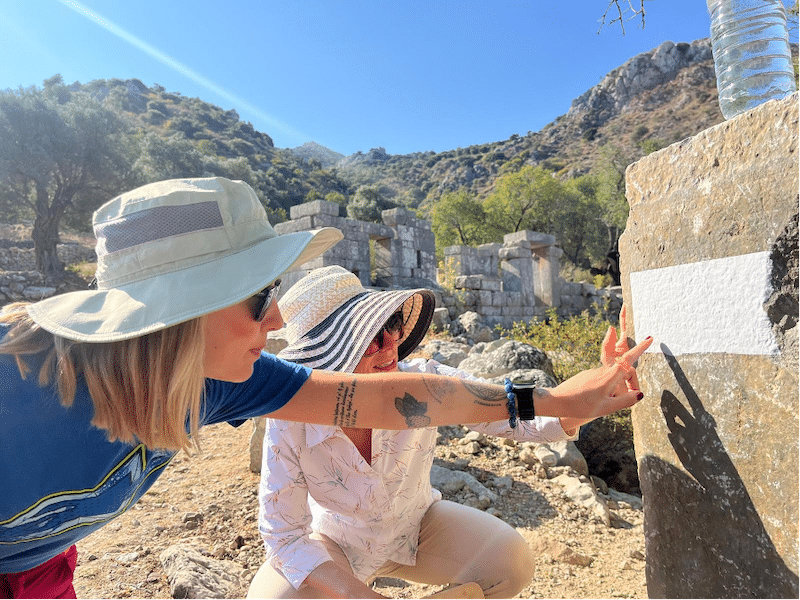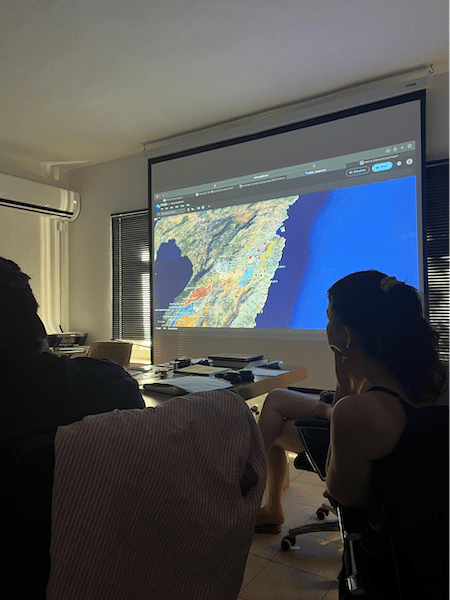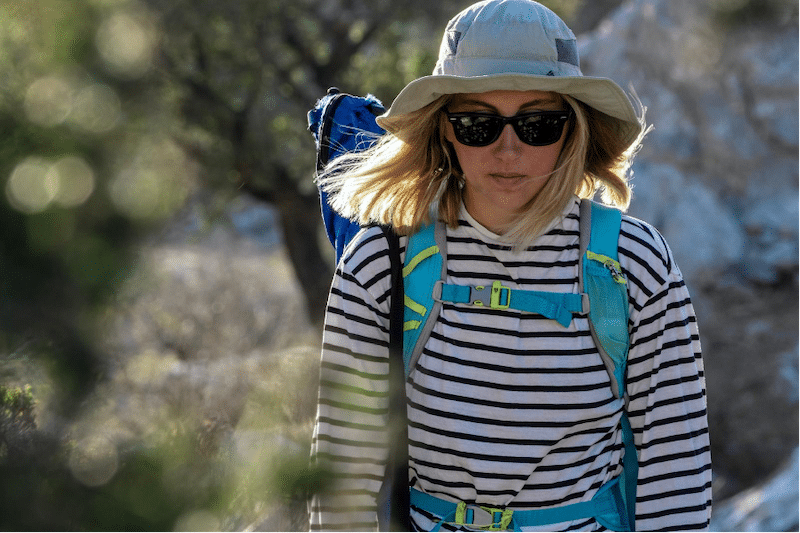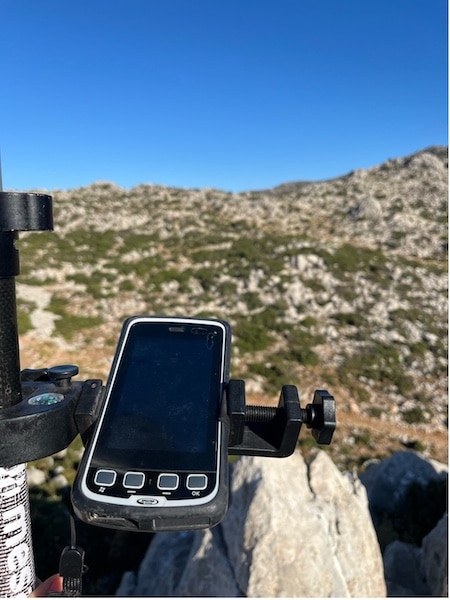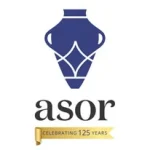
Dusty, Sweaty but very Happy!
Aleyna Uyanik, 2025 Katherine Barton Platt Fellowship Recipient.
Spending the summer in Marmaris with the Phoenix Archaeological Project has been nothing short of incredible.
The people I worked with in the project are more than just colleagues. That, for me, is one of the most beautiful aspects of our discipline. Every summer, people from different corners of the world come together in one place: Taslica. While we have scientific goals, we also share daily challenges, laughter, and mutual support under often demanding conditions. Looking back, I realize that the moments from the summer that stay with me most are the ones with the Phoenix Project team in Marmaris. Might sound cliché but it is here that I learned the most. It was not only about archaeology, it was about so many other things. Even something as simple as a song playing on the radio on our way to the field became part of that shared memory, one that I value just as much as the ancient press stones and pottery finds we documented.
Life in the Field
At the Phoenix Archaeological Project, we work in the ancient region of Caria, today’s Marmaris area in southwestern Turkey. The terrain is demanding: steepy hills and rocky paths (which made me cry once! Now thinking about that makes me laugh actually). But that is also what makes the work so rewarding. A typical day begins early. By sunrise, we have breakfast, and shortly after, we pack our equipment and head into the hills. Every evening, during team meetings, the plan for the following day is set. That means that when we leave in the morning, we know exactly where we are going and what we are searching for. Of course, the land itself has the power to change plans. Sometimes we encounter unexpected things, or we find a site denser in material than anticipated, which forces us to adjust our schedule.
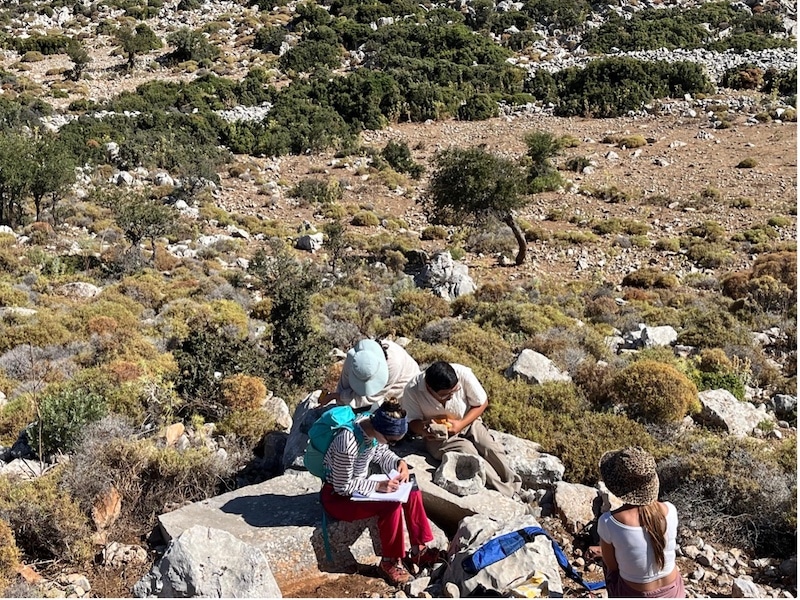
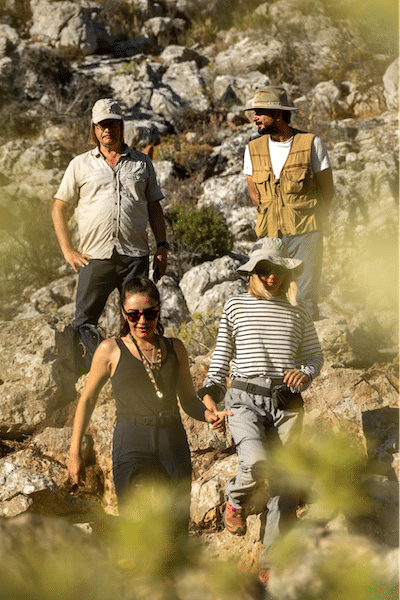
By midday, the heat in Marmaris becomes little overwhelming. Before temperatures rise too high and our water bottles getting empty, we return to our research center for lunch. At lunch mostly we discussed the morning’s work like some observations in the field and sometimes also sometimes bringing jokes whether about the oversized rabbit that startled us. Yes, we enjoyed documenting even the tiniest sherds, since they contribute meaningfully to our academic work, but we also enjoyed the moments of laughter which made the long and tiring days at the field both productive and memorable.
After lunch, we usually take a short siesta, a pause to rest and take care of personal needs. In the late afternoon, office work begins. This is where “fieldwork” is turned into more scientific data. Out in the field we spent a lot of time around agricultural terraces and farm structures. We came across press stones, cisterns, and weight stones, which I helped measure and record with my teammates. Even small things like roof tiles or amphora bases around old farmhouses became important to document, because these small finds tell us a lot about the history of the place. Every time we found ceramics, we carefully noted them down, since pottery is one of the best ways to figure out the age of a structure.
One of my main responsibilities was working with the GNSS device (the Spectra Sp60). I often walked along ancient paths and terraces to record the exact coordinates of structures and finds. At the end of the day, I would hand these over to the my dear friend Bahar Cansel, who put them into QGIS so that all of our data came together in one big map. It was nice to see how the dots and lines we collected in the field turned into a detailed picture of the area.
Community and Camaraderie
What makes the Phoenix Project great is not only the research but also the “community” it creates. After office hours, we often gather in the garden. Dinners in the evening are again communal, followed by late conversations (sometimes it was not the best idea, since we have to wake up around 5am, oopsi!) with friends who, in just a few weeks, come to feel like “family”. Beside all that nice things, in archaeology projects balancing personal space and constant teamwork can be challenging. We live and work together nearly every hour of the day. But still we always find a way to overome any negativities.
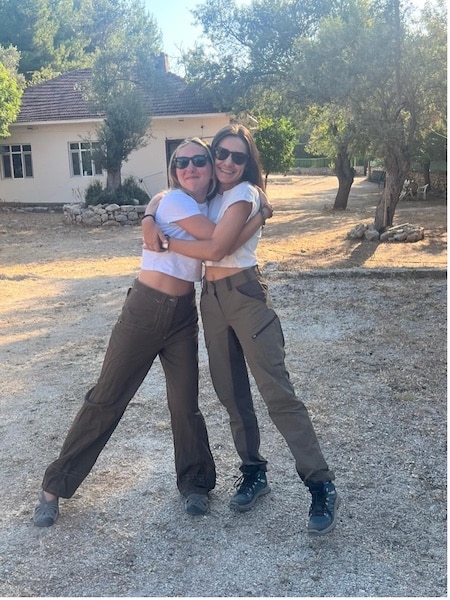
Participating in an archaeology project can physically demanding, but also mentally, and emotionally. But to be honest it is also rewarding. Every sunrise over the mountains, every small finds or more architectural complexs we found, every conversation with a teammate adds to whole experience. For me, the Phoenix Project was more than a regular survey experience, it was a place where I learned “academic work” as well as being a team. I am so glad to continue to work with them in 2026!
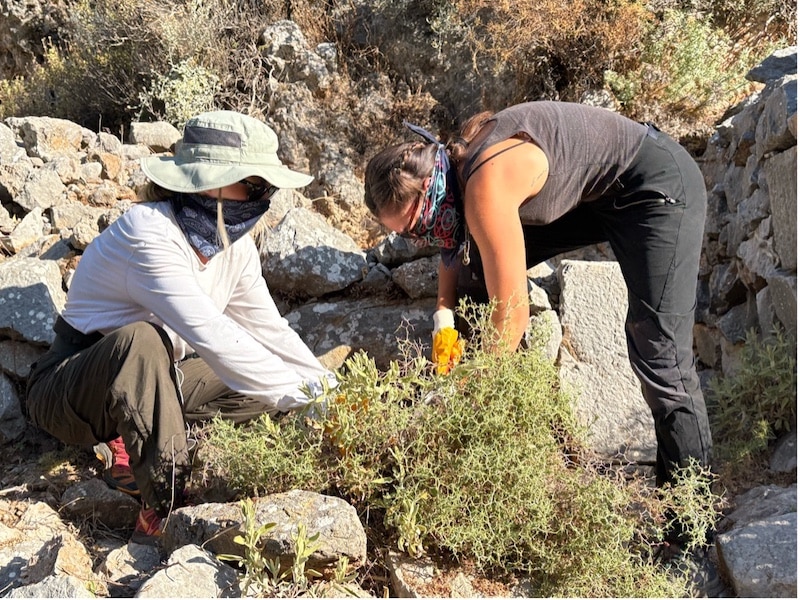
Aleyna Uyanik is a Classical Archaeology and Philosophy student at Johannes Gutenberg University Mainz. She has worked in archaeology and museum projects in Turkey and Germany, with a focus on Greek and Roman material culture.
Phoenix Archaeological Project Website: https://www.phoenixprojesi.com/en/homepage/
Latest Posts from @ASORResearch
Stay updated with the latest insights, photos, and news by following us on Instagram!
American Society of Overseas Research
The James F. Strange Center
209 Commerce Street
Alexandria, VA 22314
E-mail: info@asor.org
© 2025 ASOR
All rights reserved.
Images licensed under a Creative Commons Attribution-NonCommercial-ShareAlike 4.0 International License
